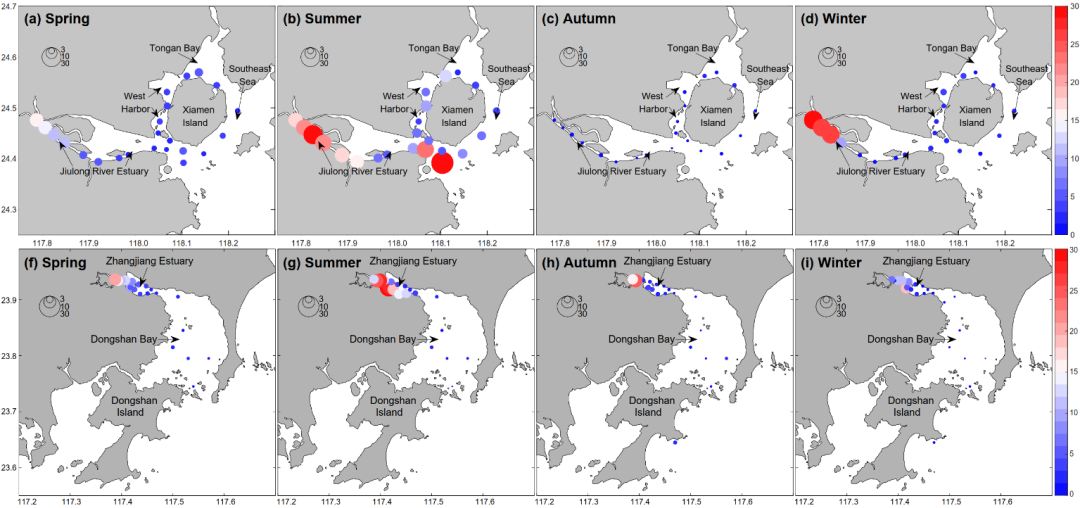Yichong Wang, Wupeng Xiao, Chengwen Xue, Yaqin Zhang, Chao Xu, Weinan Li, Mingwang Xiang, Chun Yang, Jixin Chen, Bangqin Huang
Limnology and Oceanography: Methods
https://doi.org/10.1002/lom3.10678
Published: 26 February 2025
Abstract
Pulse amplitude modulation (PAM) fluorometry provides high-resolution and high-frequency primary production (PP) estimates, crucial for understanding and managing dynamic ecosystems such as estuaries. However, traditional PAM-derived PP estimations often overlook the variability of the photosynthetic quotient and the dynamics of chlorophyll a, leading to uncertainties. This study introduced an innovative method for estimating the PP of natural phytoplankton communities using the rapid light curve of PAM measurements. Validation using 14C incorporation and oxygen techniques in two subtropical estuaries demonstrated a strong linear relationship between PAM-derived PP and measured oxygen evolution rates (R2 = 0.76, p < 0.001) and carbon fixation rates (R2 = 0.94, p < 0.001). While the dynamics of chlorophyll a had minimal impact on hourly PAM-derived PP estimations, they caused significant deviations on daily time scales, influenced by sampling times. Predicting photosynthetic quotient values based on salinity (R2 = 0.34, p < 0.05) allowed for expanded temporal and spatial PP estimations. Seasonal PP patterns in the Jiulong River Estuary, Xiamen Bay, Zhangjiang Estuary, and Dongshan Bay revealed the highest PP in summer, followed by spring, with similar levels in autumn and winter. Using these surface measurements, annual phytoplankton carbon fixation fluxes were estimated through the entire water column across the four regions. This method provides a more comprehensive understanding of PP dynamics, highlighting its potential for frequent application in small-scale valuable ecosystems like estuaries and bays to better assess their ecological functions and biogeochemical cycles.
